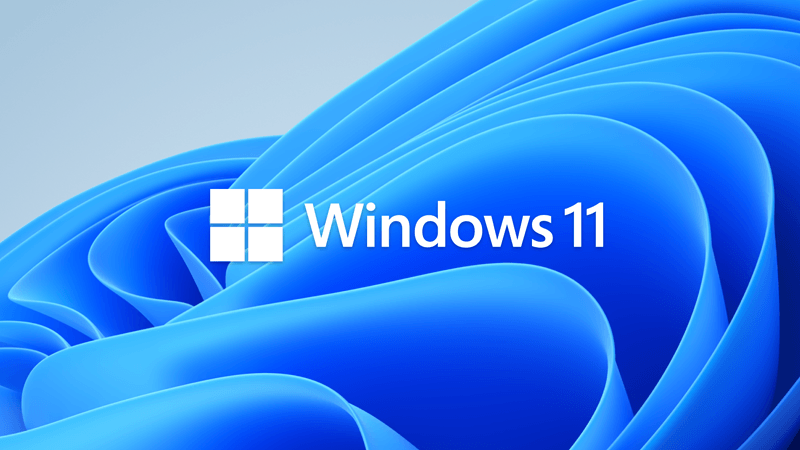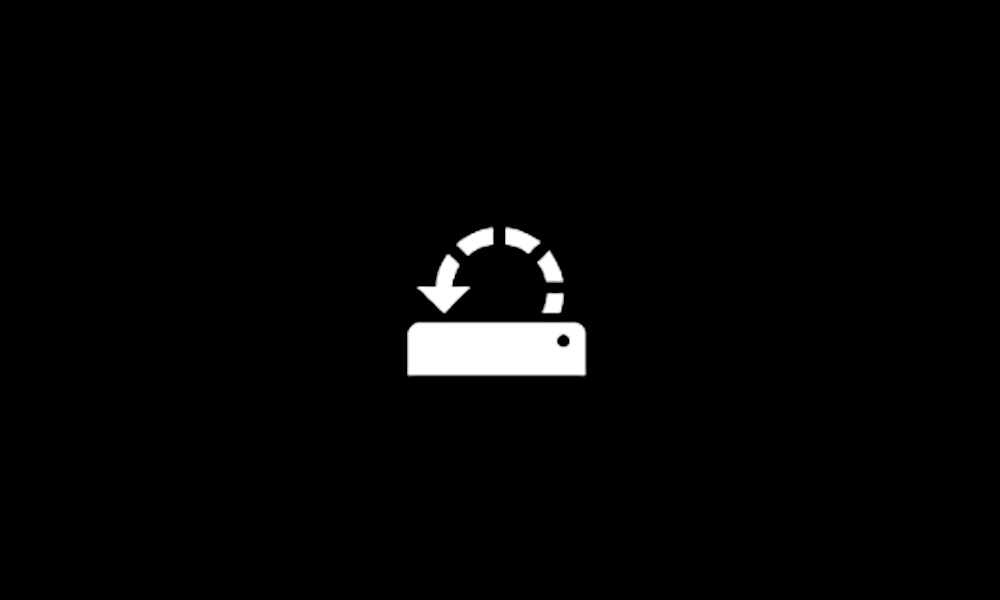Name NVIDIA GeForce RTX 3070 Ti
PNP Device ID PCI\VEN_10DE&DEV_2482&SUBSYS_88131043&REV_A1\4&1FC990D7&0&0019
Adapter Type NVIDIA GeForce RTX 3070 Ti, NVIDIA compatible
Adapter Description NVIDIA GeForce RTX 3070 Ti
Adapter RAM (1,048,576) bytes
Installed Drivers C:\WINDOWS\System32\DriverStore\FileRepository\nv_dispig.inf_amd64_72a60bcfb646da4c\nvldumdx.dll,C:\WINDOWS\System32\DriverStore\FileRepository\nv_dispig.inf_amd64_72a60bcfb646da4c\nvldumdx.dll,C:\WINDOWS\System32\DriverStore\FileRepository\nv_dispig.inf_amd64_72a60bcfb646da4c\nvldumdx.dll,C:\WINDOWS\System32\DriverStore\FileRepository\nv_dispig.inf_amd64_72a60bcfb646da4c\nvldumdx.dll
Driver Version 31.0.15.4665
INF File oem32.inf (Section071 section)
Driver C:\WINDOWS\SYSTEM32\DRIVERSTORE\FILEREPOSITORY\NV_DISPIG.INF_AMD64_72A60BCFB646DA4C\NVLDDMKM.SYS (31.0.15.4665, 56.03 MB (58,756,216 bytes), 1/17/2024 8:54 PM)












